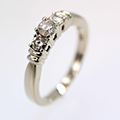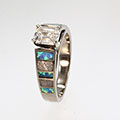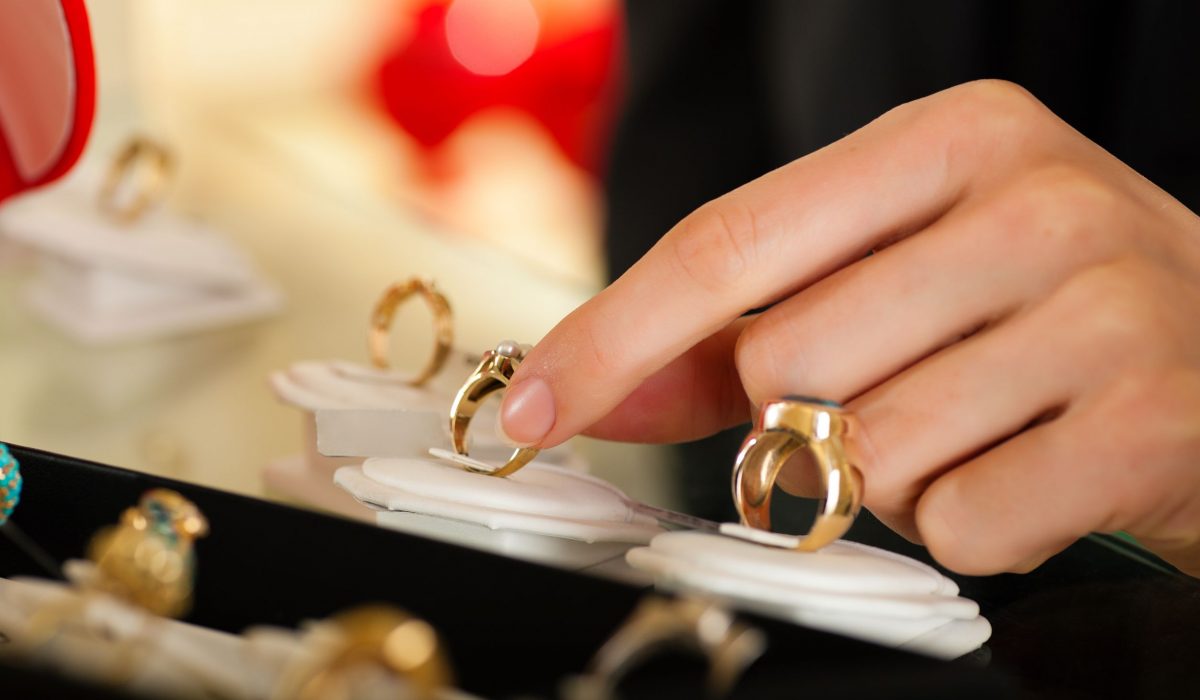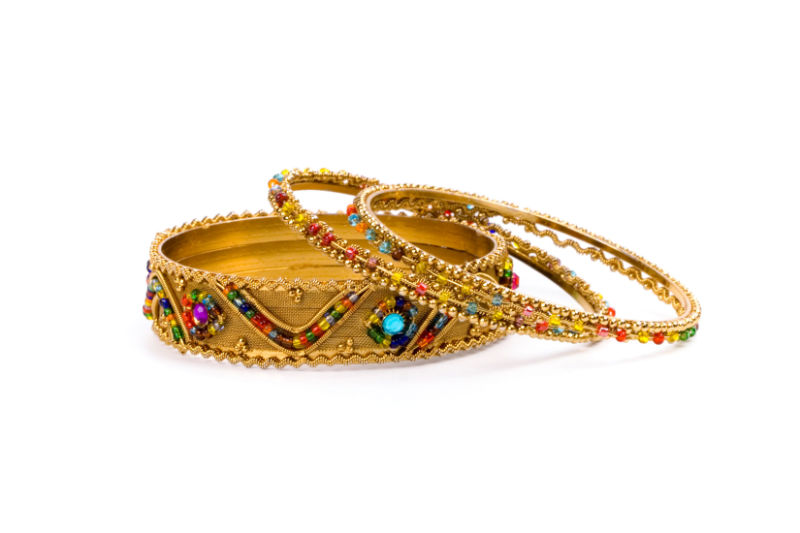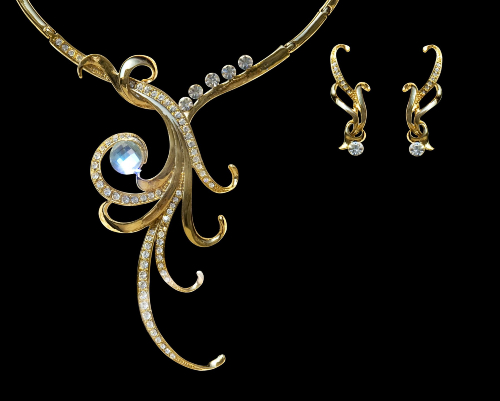Jewelry which includes material from space that may be 4 billion years old can be nothing but special, a meteorite rings are the highlight product that can be produced using the material.
As much as the material is used in the production of meteorite rings, meteors themselves are collectables. This hobby has its roots back in the 70s and 80s and as it gained in popularity trading, buying and selling and bartering of meteorites became popular, in a sense no different than stamps or coins. Today meteorites are common in gem and mineral trade shows and exhibitions and are easy to source from trade magazines and the internet.
The value of meteorite rings is very different than the value of a meteorite. Meteorites are sold by weight using the metric system so grams and kilograms are what are used as is millimeters and centimeters when referring to the physical size. The value of a meteorite is variable and depends on a host of variables such as type, condition and aesthetics.
Most meteorites prior to going to collectors are first made available to scientists for their study and gain of information on this valuable source of data on the galaxy. The meteorites that are then returned into the market from the academia are also more valuable. Meteorite rings that are made for this material are considered as rare and expensive.
Meteorite pieces are priced according to their rarity and this rarity is reflected in the price of meteorite rings. Unclassified bits from the Sahara desert, often found by wandering nomads are inexpensive, perhaps as little as $0.50 per gram, stones from the Gao-Guenie fall in Africa are quite attractive and retail for about $1.50 a gram and a high quality from the Campo del Cielo find in Argentina will set the collector back about $400 per kilogram. A coveted piece by collectors is from the Russian Sikhote-Alin field. This is the largest meteorite ever to have landed intact and in one piece and sell for up to $3 a gram. There are various other celestial objects which are prized by collectors; a prime example is a Martian meteorite which can sell for upwards of $1,000 per gram, much more than even gold.
It is usually the smaller pieces that are used for meteorite rings; larger specimens will often stay intact and enter the collector market. Meteorites that have an unusual history are rare and hence costly, some of the stories are quite cute in their own right such as what is called the Beaver, it is a meteorite that was used as a door stop in the Beaver County Jail in Oklahoma in the 1940s or the Claxton meteorite that took out a mail box in Georgia in 1984.
